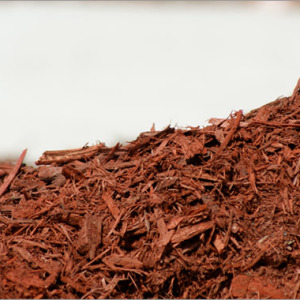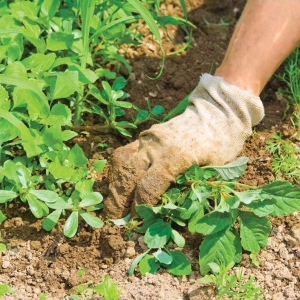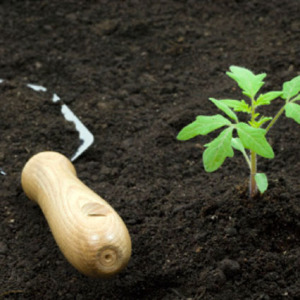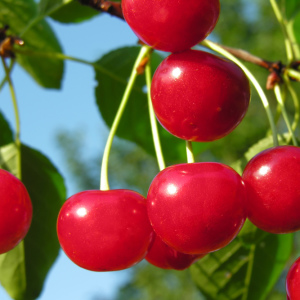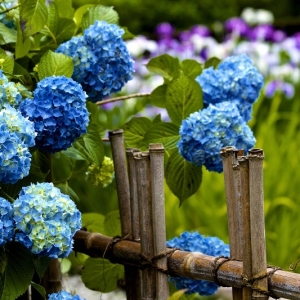Agrotechnical reception, which is used to improve the properties and elemental composition of the soil, is called mulching. This method allows you to preserve the optimal temperature in the upper soil layer, keep moisture, reduce the frequency of irrigation, protect plants from the negative effects of weeds. Mulching is used in horticulture, vegetable growing, crop production and are performed from organic (dynamic) and inorganic (stable) materials. In our article we will tell, how to correctly and than mulch the soil.
Before applying mulching, you should know very important rules, non-compliance and ignorance of which can cause the emergence of some problems with soil. Pay attention to such moments:- The pH level of the soil. For heavy loam soils, crushed barks or stems of corn, hay, small chips, straw are well suited as mulch. Oak sawdust, riding peat, needles conifers Do not use on the soils peeled soil, they are intended for soil having an alkaline reaction. Remember that a certain type of mulch, used for a long time, may contribute to the occurrence of lack of nutrient trace elements in the soil.
- The height of the layer of mulch. If you apply organic materials, their layer must be 7-10 cm, this will help to restrain the growth of weeds and maintain a certain temperature and soil moisture. However, an excessively dense and high mulch layer will hold an excessive amount of moisture in the root area of \u200b\u200bthe plants, causing these reinforcement of the roots and the development of diseases. On heavy clay soils, the mulch will be chased, so it should not exceed it with a layer.
- Mulch quality. The beveled mature grass of weed plants can contribute to their distribution due to the presence of an abundant amount of seeds. The black covering material (film) is not suitable for use on heavy soils, due to overheating of the soil, the plant may die. The needles, sawdust, chips in the fresh form are very toxic for plantings, so apply them only after they reprove. Rejected straw and silo allocate poisonous organic acids that have a aggravating effect on young plants.

- Start covering the soil after its sufficient warm-up. If you do it too early, the root system of the plant due to cold soil will be poorly developed.
- Around the stalks of plants, trees and shrubs Mulch is not close, move it by 8-10 cm from the trunk, in order to avoid hearing. Plants must freely give a chain.
- Stir the mulch with the land of the rigous circles. It will enrich the soil with nutrients.
- Applying a color inorganic mulch, remember that its spectral composition can be favorably affected by plants. For example, tomatoes prefer red, sweet pepper and potatoes give large crops when using a white color mulch.

- The needles (ideal for mulching strawberries, prevents the appearance of gray rot), sawdust, sinters, chips, crushed bark - use on alkaline soils.
- Compost, peat crumb, hay, grass (dry, its use requires feeding nitrates), fallen leaves, reworked manure with straw - universal observer material.
- Paper, cardboard - apply with caution, can cause rotting.
- Various Siderats are an additional power supply for plants.


Using mulching on its plot, do not forget that it is not constantly. Every year, in the period from early spring, before the start of summer, mulch should not be on the soil. This is due to the fact that you must process the site and cook it under the sowing, give the opportunity to dry after a long winter and warm up before the new landing season. From June to the prepared and treated land, use the most suitable and convenient type of mulch.











